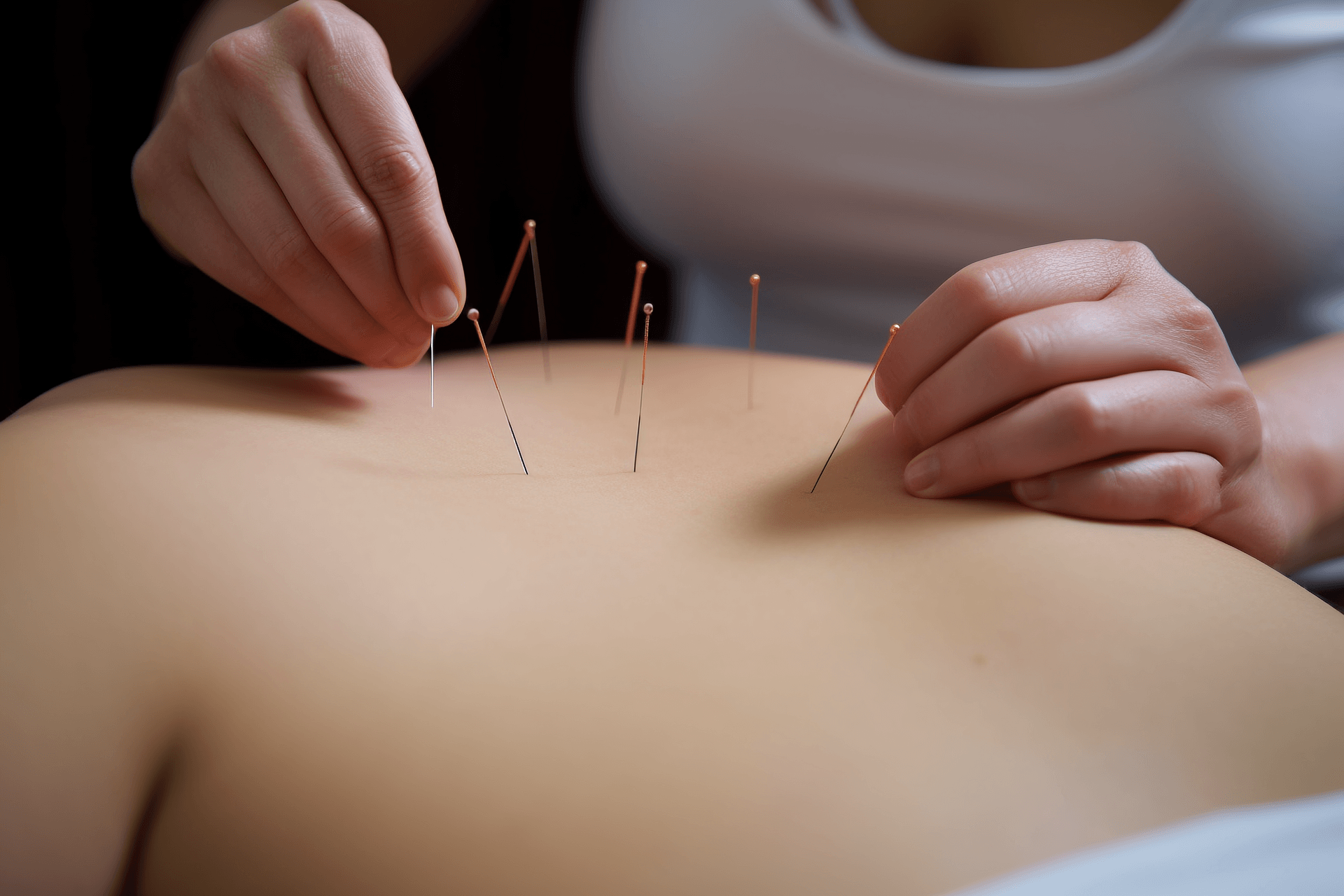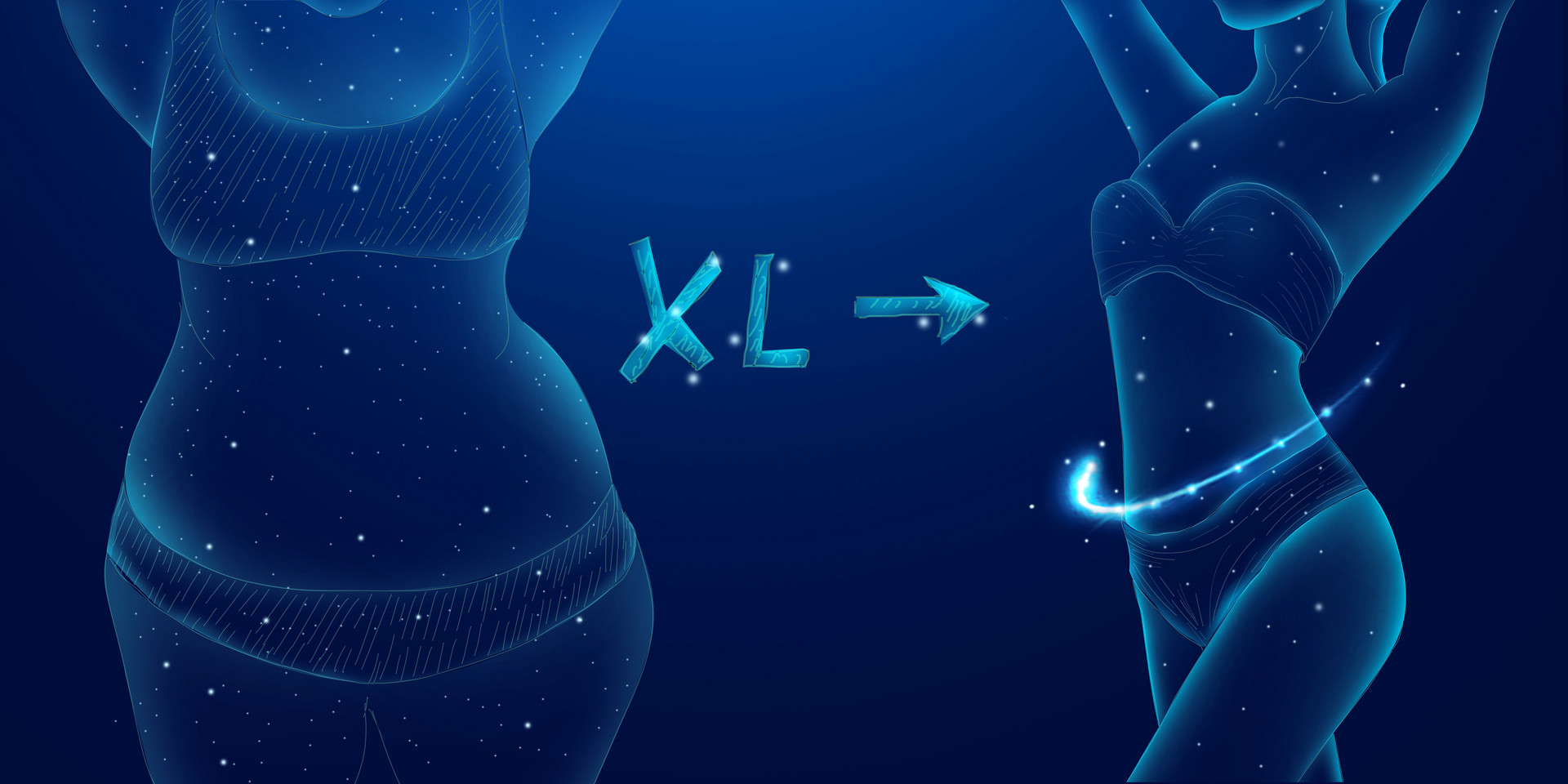Chinese medicine believes that the main cause of obesity is the abnormal metabolism of water and fluids due to spleen dysfunction, resulting in the accumulation of fat. If you want to lose weight, you can try acupuncture for weight loss. Acupuncture for weight loss has the advantages of low cost, minimal side effects, and being safe for health. Now let's understand the principle of acupuncture for weight loss.
I. Principle of Acupuncture for Weight Loss
Acupuncture for weight loss belongs to traditional Chinese medicine weight loss methods. There are three specific methods: cupping therapy, magnetic acupoint therapy, and acupoint massage. Cupping therapy can help detoxify and remove heat by stimulating acupuncture points, burning and decomposing excess fat in the body, and achieving weight loss. Magnetic acupoint therapy involves applying herbal plasters to certain parts of the body, using magnets to stimulate the flow of qi and blood, increasing the peristaltic movement of the gastrointestinal tract, and increasing the amount of excretion. Acupoint massage, also known as acupressure weight loss, can effectively reduce excess fat in the lungs and stomach, and also enhance physical fitness and strengthen the immune system.
The principle of acupuncture for weight loss is to reduce the food intake of obese people to a certain extent, increase the speed of digestion and absorption in the gastrointestinal tract, accelerate the metabolism, and thus increase energy consumption and fat breakdown. Acupuncture treatment can also regulate endocrine function through acupoint stimulation, ultimately achieving the goal of weight loss.
II. Methods of Acupuncture for Weight Loss
Method 1:
For individuals with irregular spleen function and obesity caused by qi deficiency and dampness stagnation, they often feel tired and weak, become short of breath easily when exercising, have poor appetite, loose stools, flabby and loose muscles, a fat and pale tongue, and slow and weak pulse. For this type of obese individuals, acupuncture can be performed on acupoints such as Neiguan, Shuifen, Tianshu, Fenglong, Sanyinjiao, and Lieque on the abdomen for regulation.
Method 2:
For individuals with strong stomach but weak spleen and obesity caused by damp-heat accumulation, they often experience increased food intake, bad breath, frequent thirst and yellow urine, dry and hard stools, strong and firm muscles, a reddish tongue, greasy coating on the tongue, and slippery or wiry pulse. For this type of obese individuals, acupuncture can be performed on acupoints such as Quchi, Zhigou, Sìmàn, Sanyinjiao, Neiting, and Fujie on the abdomen for regulation.
Method 3:
For individuals with obesity caused by disharmony between the Ren and Chong meridians and unsmooth belt meridian, they often experience soreness and weakness in the waist and limbs, irregular menstruation, decreased blood volume, frequent urination, average appetite and sleep quality, and normal bowel movements. Abdominal and buttock obesity is particularly obvious, resembling a water bag. They have a fat and pale tongue and a deep and thin or slippery pulse. For this type of obese individuals, acupuncture can be performed on acupoints such as Zhigou, Siman, Guanyuan, Daimai, Xuehai, Sanyinjiao, and Taixi on the abdomen for regulation.
The above mentioned acupuncture for weight loss methods are performed every other day, with each treatment lasting for 20-30 minutes. It is recommended to undergo 10 treatments as one course. For acupoints on the abdomen, electroacupuncture can be used. Acupuncture for weight loss can regulate metabolism and achieve internal effects, so the effects are not immediate and require a process. Usually, visible effects will start to appear after completing one course of treatment. Therefore, patients should have confidence, actively cooperate, and avoid being too impatient.












